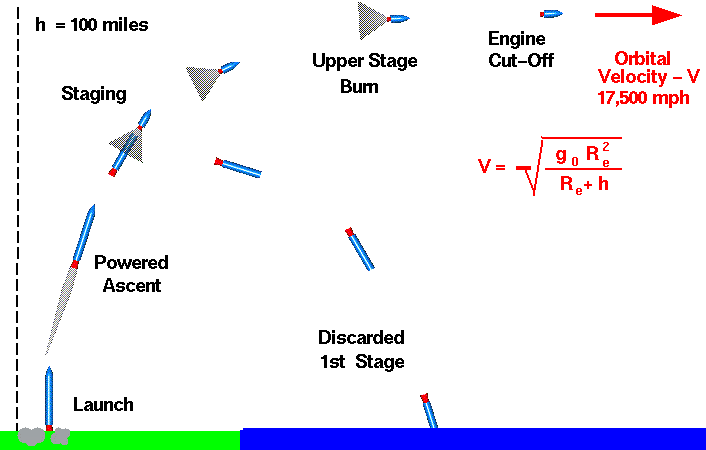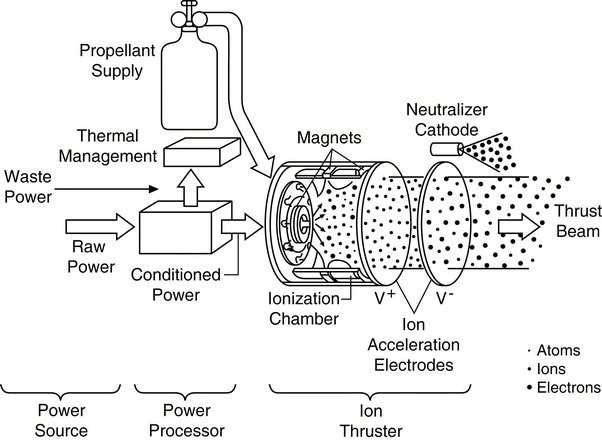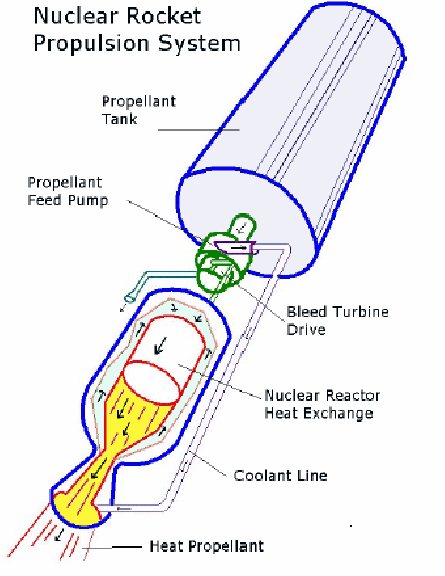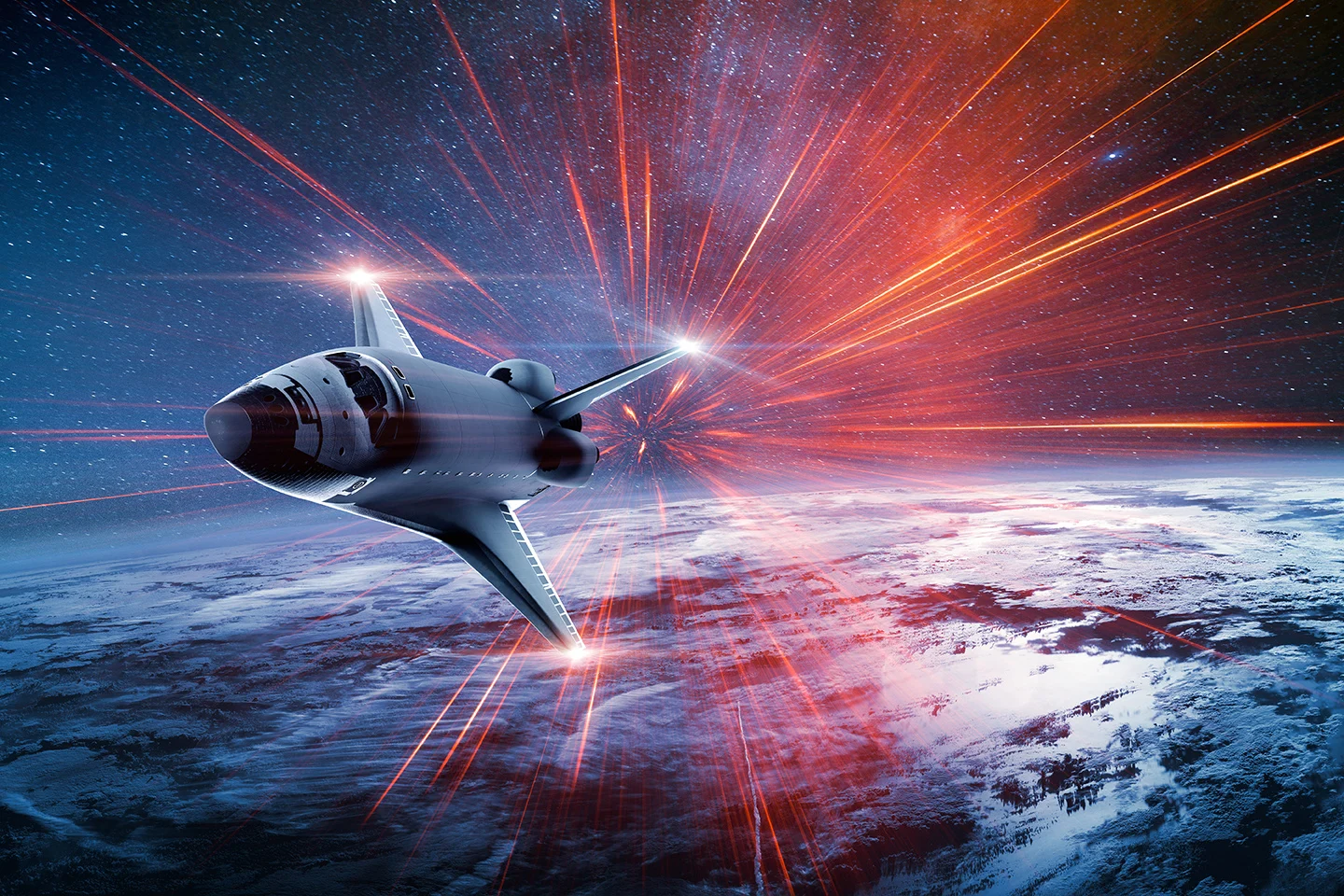How fast can we travel in space with current technology? The fastest spacecraft ever launched by humans is the Parker Solar Probe, which can reach speeds of up to 430,000 miles per hour (700,000 kilometers per hour) . However, the current human speed record, achieved by astronauts on Nasa’s Apollo 10 mission, stands at 24,790 mph (39,897 km/h) relative to Earth during their return from a lap around the Moon in 1969.
The Fundamentals of Space Travel Speed
Space travel speed is a crucial factor in our ability to explore and potentially colonize other planets and celestial bodies. Current space travel technology relies on a combination of chemical propulsion, advanced engineering, and innovative scientific principles. The speed at which we can travel in space is determined by the propulsion systems in use, the mission objectives, and the distances involved.
How fast can we travel in space with current technology: The Need for Speed
Humans have always been obsessed with speed, from breaking land speed records to pushing the boundaries of what’s possible. But how fast can we safely travel through space? Let’s dive into the fundamentals:

1. Current Human Speed Record
The current human speed record belongs to the astronauts of NASA’s Apollo 10 mission. On their way back from a lap around the Moon in 1969, their capsule reached a peak velocity of 24,790 mph (39,897 km/h) relative to Earth. A century ago, this would have been unimaginable
2. Orion: The Next Frontier
NASA’s Orion spacecraft is designed to carry astronauts into low Earth orbit. Its typical maximum velocity is around 19,900 mph (32,000 km/h). However, this is just the beginning. Orion’s speed could go even higher as it embarks on missions to the Moon, Mars, and beyond. The upcoming Space Launch System (SLS) rocket will propel Orion to new speeds, potentially surpassing the Apollo 10 record. Imagine humans hurtling through space at unprecedented velocities! 🌌
3. The Ultimate Speed Limit: Light
Albert Einstein’s theory of special relativity sets a cosmic speed limit: the speed of light. Nothing can travel faster than this ultimate barrier. Light itself zips along at about 670,616,629 miles per hour (or roughly a billion kilometers per hour). While we won’t reach light speed anytime soon, there’s no practical limit to how fast we can travel, as long as acceleration and deceleration are gradual and constant. The Universe’s speed limit remains an exciting challenge for future space exploration.
Chemical Propulsion: The Workhorse of Space Travel

For the majority of space missions, chemical rockets remain the primary method of propulsion. These rockets operate on the principle of Newton’s Third Law of Motion: for every action, there is an equal and opposite reaction. By expelling exhaust gases at high speeds, rockets generate thrust that propels them forward.
The Saturn V rocket, used during the Apollo missions, reached speeds of about 7 miles per second (25,000 miles per hour) to escape Earth’s gravity. Modern spacecraft, such as those used in Mars missions, achieve similar speeds. While highly effective for launching payloads and humans into space, chemical propulsion has limitations in terms of fuel efficiency and speed over long distances.
Ion Propulsion: Efficiency Over Speed

Ion propulsion represents a significant advancement in space travel technology. This system generates thrust by ionizing a propellant, such as xenon, and accelerating the ions through an electric field. While the thrust produced by ion engines is much lower than that of chemical rockets, their efficiency is far superior.
The Dawn spacecraft, which explored the asteroid belt, utilized ion propulsion, achieving speeds up to 56,000 kilometers per hour (about 35,000 miles per hour). The high efficiency of ion propulsion makes it ideal for long-duration missions where gradual acceleration can yield significant speed over time.
Nuclear Thermal Propulsion: The Next Frontier

Nuclear thermal propulsion (NTP) is a promising technology that could dramatically increase space travel speeds. NTP systems work by using a nuclear reactor to heat a propellant, typically hydrogen, which then expands and is expelled to produce thrust. The higher energy density of nuclear reactions compared to chemical reactions allows for much higher exhaust velocities and therefore higher spacecraft speeds.
Research and development in this field suggest that NTP could reduce travel time to Mars by about half compared to current chemical rockets, potentially making the trip in about three to four months instead of six to nine months.
Solar Sails: Harnessing the Power of the Sun
Solar sails offer a unique method of propulsion by using the pressure of sunlight to generate thrust. Made of large, reflective surfaces, solar sails capture photons from the Sun, imparting momentum to the spacecraft. While the acceleration is very gradual, it can continue indefinitely as long as there is sunlight.
The Force in Solar Sails

Solar sails are a captivating technology that harnesses the power of sunlight for propulsion in space. Unlike traditional rocket engines that rely on chemical reactions, solar sails use the force of radiation pressure to propel spacecraft. Here’s how they work:
- Photon Momentum Transfer: Just like cloth sails capture wind energy, solar sails capture the energy from light particles (photons) as they bounce off a reflective surface. These photons carry momentum, and when they collide with the sail, they transfer that momentum to the spacecraft.
- Eco-Friendly Propulsion: Solar sails offer an environmentally friendly method of propulsion. They don’t require fuel; instead, they rely on the Sun’s energy. This makes them ideal for low-mass missions, such as studying space weather, exploring the Sun’s poles, and venturing closer to planets like Venus and Mercury.
- Gigantic, Thin Sheets: The sail itself is made of a polymer material coated with aluminum. When fully deployed, it measures an impressive 17,780 square feet (about the size of a tennis court) but is incredibly thin—less than a human hair at 2.5 microns.
- NASA’s Pioneering Efforts: NASA has been at the forefront of solar sail technology. Recently, the agency achieved a key milestone by successfully deploying one of four identical solar sail quadrants. These sails could revolutionize deep space transportation, opening up new possibilities for interstellar travel.
The IKAROS mission by JAXA demonstrated the feasibility of solar sails. With this technology, spacecraft can achieve high speeds over long distances without the need for fuel, making it a sustainable option for deep space exploration.
Breakthrough Starshot: Pushing the Limits
The Breakthrough Starshot initiative aims to send tiny, lightweight spacecraft to nearby stars at a fraction of the speed of light using powerful ground-based lasers. This ambitious project proposes propelling nanocraft to speeds of up to 20% the speed of light (approximately 60,000 kilometers per second).
If successful, this technology could enable interstellar travel within a human lifetime. A journey to Proxima Centauri, the closest star system to our own, could take just over 20 years using this method.
Challenges and Limitations
Despite these advancements, several challenges remain in increasing space travel speeds. Energy requirements, spacecraft durability, and radiation protection are significant hurdles. High-speed travel exposes spacecraft to intense radiation and micrometeoroid impacts, necessitating advanced shielding technologies.
- Current Speed Records:
- The current human speed record was set by the astronauts of NASA’s Apollo 10 mission. On their way back from a lap around the Moon in 1969, their capsule reached a peak velocity of 24,790 mph (39,897 km/h) relative to Earth.
- The Orion spacecraft, designed by NASA, is intended to carry astronauts into low Earth orbit. Its typical maximum velocity is around 19,900 mph (32,000 km/h). However, this speed could go even higher in the future.
- The Speed of Light and Practical Limits:
- The speed of light, approximately one billion kilometers per hour, serves as the ultimate speed limit in the Universe.
- In theory, there is no practical limit to how fast we can travel, as long as acceleration and deceleration are gradual and constant in one direction.
- However, achieving speeds close to the speed of light remains a significant challenge due to energy requirements and technological limitations.
- Interstellar Travel Challenges:
- Interstellar travel (traveling between stars) poses even greater challenges. The speeds required for such journeys within a human lifetime far exceed our current capabilities.
- Even with hypothetically perfect propulsion systems, the kinetic energy needed for interstellar speeds is enormous by today’s energy standards.
- Hypersonic Flight and Propulsion:
- Hypersonic flight (speeds exceeding Mach 5) is a goal for space exploration. However, efficient acceleration from rest to hypersonic speeds remains a challenge.
- No single air-breathing engine type can achieve this due to thermal limits of materials and air.
Energy Requirements
Higher speeds demand exponentially greater amounts of energy. For instance, achieving a fraction of the speed of light requires energy levels far beyond current capabilities. Advancements in nuclear fusion or antimatter propulsion could potentially overcome these limitations, but such technologies are still in their infancy.
Spacecraft Durability
Traveling at high speeds in space subjects spacecraft to extreme conditions. Micrometeoroids and space debris pose significant risks, as even tiny particles can cause catastrophic damage at high velocities. Developing materials and designs that can withstand these impacts is critical for the safety and longevity of high-speed missions.
Radiation Protection
Spacecraft traveling at high speeds will encounter intense levels of cosmic radiation, which can be harmful to both equipment and human passengers. Effective radiation shielding and protective measures are essential to ensure the safety and success of long-duration missions.
Future Prospects
The future of space travel will likely involve a combination of current and emerging technologies. Continued investment in research and development is essential to overcome the challenges and realize the potential of faster space travel. International collaboration and the involvement of private companies like SpaceX and Blue Origin are accelerating progress, bringing us closer to achieving new milestones in space exploration.
Interstellar Travel
Interstellar travel remains a distant goal, but ongoing research into advanced propulsion methods, such as warp drives and wormholes, offers intriguing possibilities. While these concepts currently exist primarily in the realm of theoretical physics, they represent the next frontier of human exploration.
Human Exploration of Mars and Beyond
Advancements in propulsion technology will significantly impact human exploration missions to Mars and beyond. Faster travel times reduce the risks and challenges associated with long-duration spaceflight, such as psychological stress and physical health issues due to prolonged exposure to microgravity.
The Role of AI and Robotics
Artificial intelligence (AI) and robotics will play a critical role in future space missions. Autonomous systems can perform complex tasks, make real-time decisions, and enhance mission efficiency. The integration of AI with advanced propulsion technologies will enable more ambitious and successful space missions.
The speed at which we can travel in space is a testament to human ingenuity and technological progress. From the reliable chemical rockets to the innovative ion propulsion and potential nuclear thermal systems, each advancement brings us closer to exploring the vast expanses of the cosmos. As we continue to push the boundaries of what is possible, the dream of faster and more efficient space travel is becoming a reality, paving the way for unprecedented discoveries and exploration.

